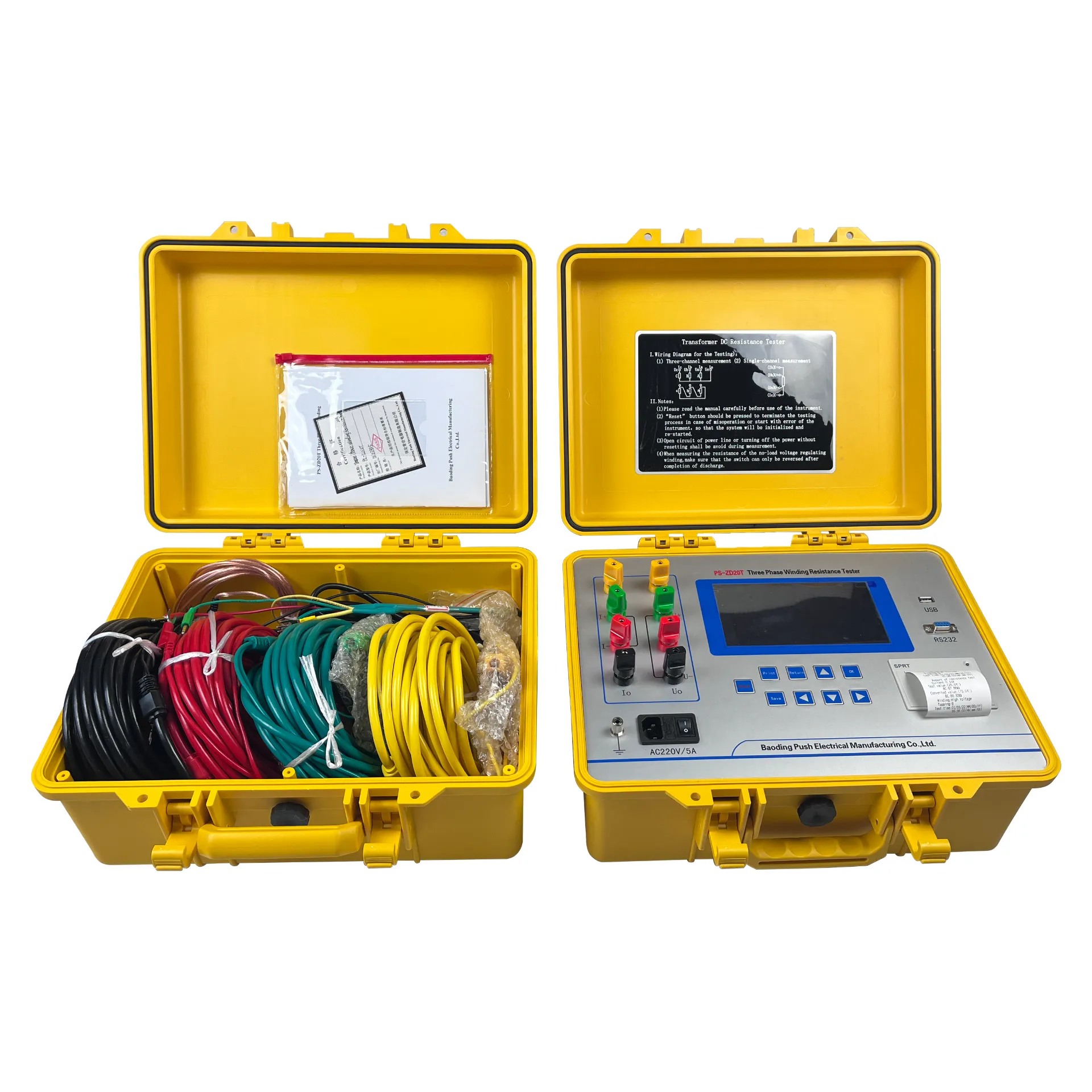 English
English



-
 Afrikaans
Afrikaans -
 Albanian
Albanian -
 Amharic
Amharic -
 Arabic
Arabic -
 Armenian
Armenian -
 Azerbaijani
Azerbaijani -
 Basque
Basque -
 Belarusian
Belarusian -
 Bengali
Bengali -
 Bosnian
Bosnian -
 Bulgarian
Bulgarian -
 Catalan
Catalan -
 Cebuano
Cebuano -
 China
China -
 China (Taiwan)
China (Taiwan) -
 Corsican
Corsican -
 Croatian
Croatian -
 Czech
Czech -
 Danish
Danish -
 Dutch
Dutch -
 English
English -
 Esperanto
Esperanto -
 Estonian
Estonian -
 Finnish
Finnish -
 French
French -
 Frisian
Frisian -
 Galician
Galician -
 Georgian
Georgian -
 German
German -
 Greek
Greek -
 Gujarati
Gujarati -
 Haitian Creole
Haitian Creole -
 hausa
hausa -
 hawaiian
hawaiian -
 Hebrew
Hebrew -
 Hindi
Hindi -
 Miao
Miao -
 Hungarian
Hungarian -
 Icelandic
Icelandic -
 igbo
igbo -
 Indonesian
Indonesian -
 irish
irish -
 Italian
Italian -
 Japanese
Japanese -
 Javanese
Javanese -
 Kannada
Kannada -
 kazakh
kazakh -
 Khmer
Khmer -
 Rwandese
Rwandese -
 Korean
Korean -
 Kurdish
Kurdish -
 Kyrgyz
Kyrgyz -
 Lao
Lao -
 Latin
Latin -
 Latvian
Latvian -
 Lithuanian
Lithuanian -
 Luxembourgish
Luxembourgish -
 Macedonian
Macedonian -
 Malgashi
Malgashi -
 Malay
Malay -
 Malayalam
Malayalam -
 Maltese
Maltese -
 Maori
Maori -
 Marathi
Marathi -
 Mongolian
Mongolian -
 Myanmar
Myanmar -
 Nepali
Nepali -
 Norwegian
Norwegian -
 Norwegian
Norwegian -
 Occitan
Occitan -
 Pashto
Pashto -
 Persian
Persian -
 Polish
Polish -
 Portuguese
Portuguese -
 Punjabi
Punjabi -
 Romanian
Romanian -
 Russian
Russian -
 Samoan
Samoan -
 Scottish Gaelic
Scottish Gaelic -
 Serbian
Serbian -
 Sesotho
Sesotho -
 Shona
Shona -
 Sindhi
Sindhi -
 Sinhala
Sinhala -
 Slovak
Slovak -
 Slovenian
Slovenian -
 Somali
Somali -
 Spanish
Spanish -
 Sundanese
Sundanese -
 Swahili
Swahili -
 Swedish
Swedish -
 Tagalog
Tagalog -
 Tajik
Tajik -
 Tamil
Tamil -
 Tatar
Tatar -
 Telugu
Telugu -
 Thai
Thai -
 Turkish
Turkish -
 Turkmen
Turkmen -
 Ukrainian
Ukrainian -
 Urdu
Urdu -
 Uighur
Uighur -
 Uzbek
Uzbek -
 Vietnamese
Vietnamese -
 Welsh
Welsh -
 Bantu
Bantu -
 Yiddish
Yiddish -
 Yoruba
Yoruba -
 Zulu
Zulu
types of tap changing transformer
Types of Tap-Changing Transformers
Transformers are essential components in electrical power systems, tasked with converting voltage levels to facilitate the efficient transmission and distribution of electrical energy. Among the various types of transformers, tap-changing transformers play a crucial role in maintaining voltage stability across the network. This article explores the types of tap-changing transformers, their operational principles, and their applications.
Understanding Tap-Changing Transformers
A tap-changing transformer includes a range of tap positions on the secondary winding which allows adjustments in the transformer’s turns ratio. This capability is essential for regulating output voltage levels according to changing load conditions. By adding or reducing turns in the winding, the transformer can adapt to incoming supply fluctuations and maintain the voltage within specified limits.
There are primarily two types of tap-changing methods used in transformers on-load tap changing (OLTC) and off-circuit tap changing (OCTC).
On-Load Tap Changing (OLTC)
On-load tap changing transformers are designed to allow voltage adjustments while the transformer is still energized and carrying load. This mechanism is primarily employed in high-voltage transformers and is critical in applications where maintaining voltage stability is crucial, such as in substations or grid controls.
OLTCs utilize a specialized mechanism that facilitates the switching of taps through a load. This is achieved using a motor-driven system and a series of contacts that can make or break connections as necessary. The design ensures minimal disruption to the power supply, allowing for seamless transitions between tap settings.
One of the significant advantages of OLTCs is their ability to respond to voltage fluctuations in real-time. Moreover, these transformers are often equipped with automatic voltage regulation systems to enhance performance and reliability.
Off-Circuit Tap Changing (OCTC)
types of tap changing transformer

In contrast, off-circuit tap changing transformers require a de-energized state to change tap connections. This design is typically simpler and is utilized in applications where voltage regulation is not critically time-sensitive, such as in rural distribution networks or small-scale transformers.
The process involves physically switching the tap connections using manual or motorized means, necessitating a shutdown of the transformer during the adjustment
. Although less complex than OLTCs, OCTCs may lead to temporary service interruptions, which could be undesirable in many applications.Applications of Tap-Changing Transformers
Tap-changing transformers are indispensable in various sectors, reflecting their wide range of applications
1. Electrical Utilities In power generation, transmission, and distribution networks, tap-changing transformers effectively manage and stabilize voltages amid fluctuating load conditions.
2. Industrial Applications Many manufacturing and processing industries utilize these transformers to ensure that operational voltage across machinery remains steady, thereby enhancing efficiency and reducing wear.
3. Renewable Energy Systems With the increasing adoption of renewable energy sources, tap-changing transformers are employed in solar and wind farms to regulate the output and integrate smoothly with the existing grid.
4. Railways Tap-changing transformers are also critical in railway electrification systems where stable voltage levels are necessary for the safe operation of trains and related infrastructure.
Conclusion
Tap-changing transformers, whether on-load or off-circuit, serve the essential function of regulating voltage levels in electrical power systems. Their ability to maintain stable operations in response to load variations underscores their importance in various applications. As the demand for reliable and stable power transmission continues to grow, the role of tap-changing transformers becomes increasingly vital, embodying a critical component of modern electrical engineering. Understanding the different types and their applications helps utilities and industries optimize their electrical systems, ensuring efficiency and reliability in power delivery.
-
Transformer Test Essentials: Insulating Oil Tester and TypesNewsMay.30,2025
-
Grease Testers and Oil Determination OverviewNewsMay.30,2025
-
Exploring Electricity Usage Testers and GeneratorsNewsMay.30,2025
-
Essential Guide to Transformer Oil Testing ToolsNewsMay.30,2025
-
Ensuring Safety with a Circuit Breaker FinderNewsMay.30,2025
-
Electrical Safety Tools Hipot, Dielectric, VLF TestersNewsMay.30,2025



